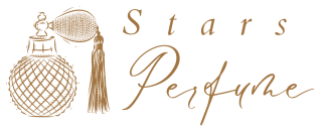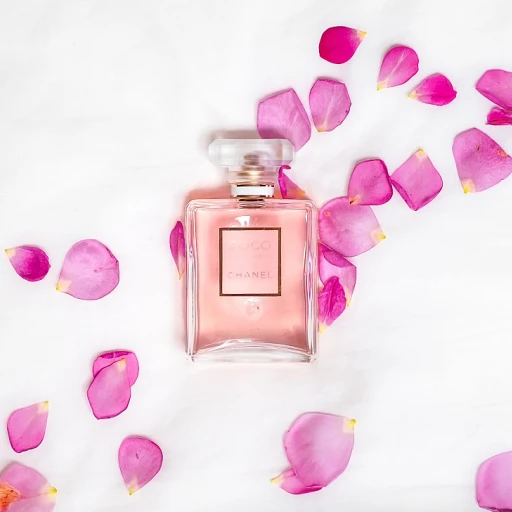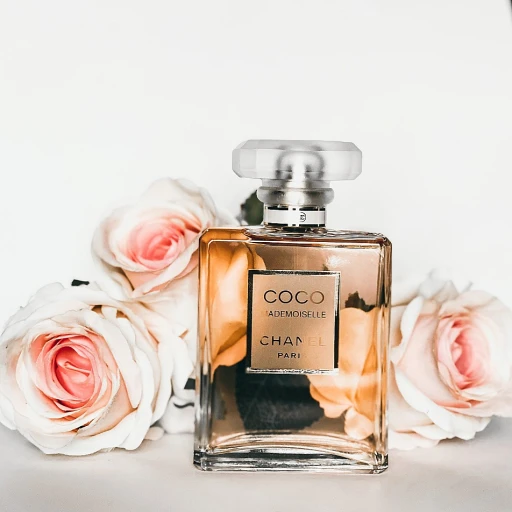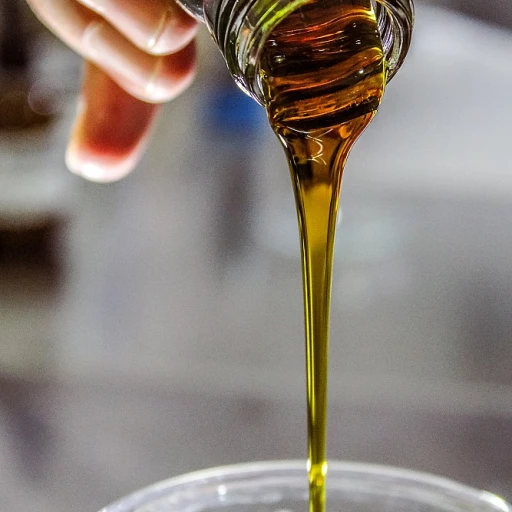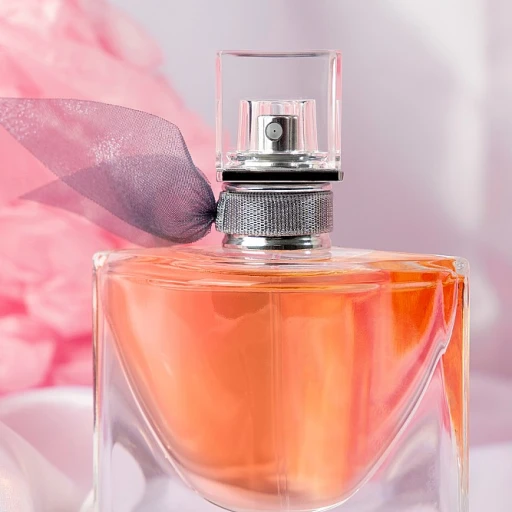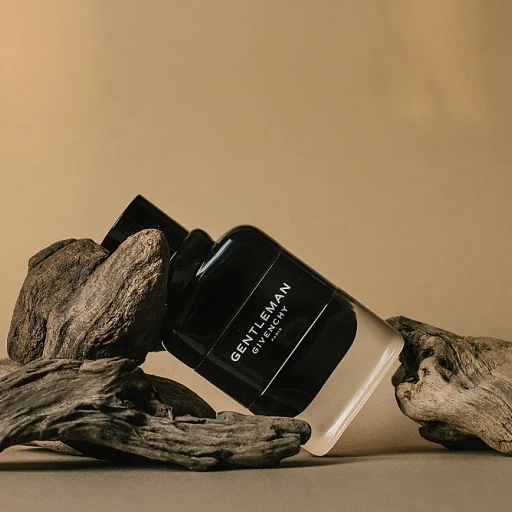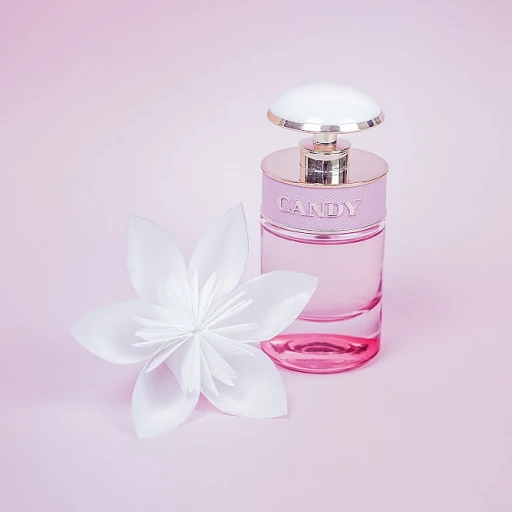
Understanding the Basics of Perfume Pairings
Unveiling the Foundations of Successful Fragrance Combinations
Getting to grips with perfume pairings might seem like an art reserved for master perfumers, yet it's accessible to anyone willing to explore the fragrant world. A well-curated scent can transform an ordinary moment into an unforgettable experience. Recognizing the pivotal elements can help you create pairings that resonate with your unique olfactory preferences. In the first instance, understanding the basics involves a dive into fragrance families. These broad categories—such as floral, woody, oriental, and fresh—serve as the backdrop for your scent journey. Each family has unique characteristics that influence how perfumes can be harmoniously blended. As you familiarize yourself with these fragrance families, you can better predict which scents are likely to complement each other. Moreover, it's crucial to acknowledge how the perfume pyramid plays a part in scent layering. The top, middle, and base notes of a fragrance evolve over time, each contributing to the scent's complexity and depth. As you learn to navigate this intricate structure, you'll gain insights into how to compose a fragrance symphony tailored to any occasion. For further insights into the nuances of perfume composition, check out this resource on the structured layers of fragrances, which can serve as a cornerstone in your perfume pairing exploration. Balancing and contrasting different tone characteristics can create a memorable blend. Experimentation, coupled with an understanding of foundational principles, allows for personalized perfume creations that match every event life's tapestry offers.The Science Behind Scent Layering
The Intricacies of Scent Layering
Understanding the science behind scent layering can elevate your fragrance game to new heights. This technique involves combining different perfumes to create a unique aroma that reflects your personality and mood. The art of layering is not just about mixing scents; it’s about understanding how different notes interact with each other and with your skin.
When you layer scents, you’re essentially creating a new fragrance profile. For instance, combining a citrus top note with a sandalwood base can result in a refreshing yet warm aroma. The key is to start with lighter scents and gradually add more intense ones. This ensures that the fragrances blend harmoniously rather than clash.
Understanding Fragrance Notes
Perfumes are composed of three layers of notes: top, middle, and base. The top notes are the initial scents you smell, often fresh and light, like citrus or clary sage. Middle notes, or heart notes, develop after the top notes fade, offering a more robust aroma, such as floral or saffron woody scents. Finally, the base notes, like woody or eau parfum, provide depth and longevity, lingering on the skin for hours.
By understanding these layers, you can create layering combinations that are both long lasting and uniquely yours. For example, a combination of fresh top notes with a warm base can be perfect for a day out, while a saffron and woody blend might be the best choice for an evening event.
Techniques for Effective Layering
- Start with a Base: Apply a creamy white lotion like Bianco Latte to moisturize and prepare your skin for the fragrance.
- Layer from Light to Heavy: Begin with lighter scents and finish with heavier ones to ensure a balanced blend.
- Consider Your Body Chemistry: Fragrances react differently on each person’s skin, so experiment to find what works best for you.
- Test and Adjust: Don’t be afraid to test different combinations until you find the best perfume pairing that suits your style.
By mastering these techniques, you can create unique and personalized scent combinations that not only smell good but also reflect your individuality. Remember, the goal is to enhance your natural scent, not overpower it.
Creating Your Signature Scent
Crafting a Unique Olfactory Identity
Creating your signature scent is akin to painting a personal masterpiece. It involves a delicate balance of selecting the right perfumes and understanding how they interact with your skin's chemistry. A signature scent is not just about smelling good; it's about creating an olfactory identity that resonates with your personality and style.
To begin, consider the types of fragrances that naturally appeal to you. Are you drawn to the warm, woody notes of sandalwood and saffron, or do you prefer the fresh, invigorating burst of citrus? Understanding your preferences is the first step in creating a scent that feels authentically yours.
Layering: The Art of Complexity
Perfume layering is an essential technique for those looking to create a unique fragrance profile. By combining different scents, you can achieve a depth and complexity that a single perfume might not offer. Start with a base note that complements your natural body chemistry, such as a woody or warm fragrance. Then, add a middle note like clary sage or a fresh eau parfum to enhance the overall scent.
Layering fragrances requires patience and experimentation. Try different combinations to see which scents blend seamlessly on your skin. Remember, the best perfume combinations often come from unexpected pairings. For more insights on embracing the unexpected in perfume, explore this guide.
Long-Lasting Impressions
To ensure your signature scent lasts throughout the day, consider the concentration of the perfumes you choose. Eau de parfum typically offers a longer-lasting fragrance compared to other types. Additionally, applying perfume to pulse points, such as the wrists and neck, can help the scent linger longer.
Finally, don't forget the importance of body care in maintaining your fragrance. Using complementary scented lotions or oils can enhance the longevity of your signature scent, allowing you to make a lasting impression wherever you go.
Common Mistakes in Perfume Pairings
Missteps that Can Lead to Unavoidable Scent Clashes
In the art of perfume pairings, even the most enthusiastic fragrance lover can stumble upon common pitfalls. These missteps can lead to clashes that disrupt the harmonious balance of scents. By understanding these traps, you can enhance your scent experience dramatically. First, consider the issue of over-layering. Enthusiastic as you might be to create a signature scent, it's vital to avoid the excessive blending of too many perfumes at once. This practice can result in a muddled aroma which lacks the finesse and clarity of a well-constructed fragrance profile. Ignoring the body chemistry's role in scent dynamics is another typical oversight. Each person has unique skin chemistry that interacts with perfumes in different ways. When selecting fragrances to pair, testing them over a period rather than just a single application is crucial. This exploration ensures that the blend remains pleasant and consistent. Pay attention to what might seem like inconsequential background notes. Often, subtler notes are neglected, yet they play a critical role in the development of the fragrance. Being attentive to these undertones allows for thoughtful combinations that can refine your overall experience. Lastly, neglecting the context of the occasion can hinder the success of your perfume pairings. The wrong scent pairing, when worn in the wrong setting, might lead the fragrance to stand out awkwardly instead of complementing your personal presence. By recognizing these common mistakes and exercising mindfulness over your choices, you allow your love for fragrance to shine through with elegance and poise. Understanding and avoiding these slip-ups is a promising step towards mastering the fine art of perfume pairings.Expert Tips for Successful Scent Blending
Navigating the World of Fragrance Blends
When it comes to achieving harmonious scent pairings, a key component is blending fragrances effectively. This entails a combination of understanding the chemistry behind scents and a touch of creativity. Here are some expert tips to help you excel in the art of scent blending:
- Understand Your Ingredients: Familiarize yourself with the categories of fragrances, such as floral, woody, citrus, and spicy. Knowing the characteristics and natural notes of each helps in predicting their interactions when layered.
- Start with Simplicity: Begin your experimentation with two complementary scents rather than jumping into complex combinations. For instance, try pairing a warm vanilla base with a fresh citrus top note to see how they harmonize over time.
- Sensitivity to Seasonality: The choice of scents can vary dramatically depending on the season. Light, airy fragrances might be perfect for summer, while rich, spicy undertones could be ideal for the colder months.
- Test and Adjust: It's not just about the scents mixing well in theory. Real-life application varies with individual body chemistry and circumstances, such as temperature and humidity.
- Balance is Key: A successful blend maintains a balance between the base, heart, and top notes. Avoid overloading one particular aspect which can overshadow others, leading to an overwhelming and unpleasant experience.
- Patience in Discovery: Note that finding the perfect combination can take time and experimentation. Delve into the world of cultural preferences and historical influences to inspire your unique blends.
By keeping these expert tips in mind, your adventures in the world of fragrance exploration will be both enjoyable and rewarding, allowing you to create a signature scent blend tailored to your preferences and the occasion at hand.
